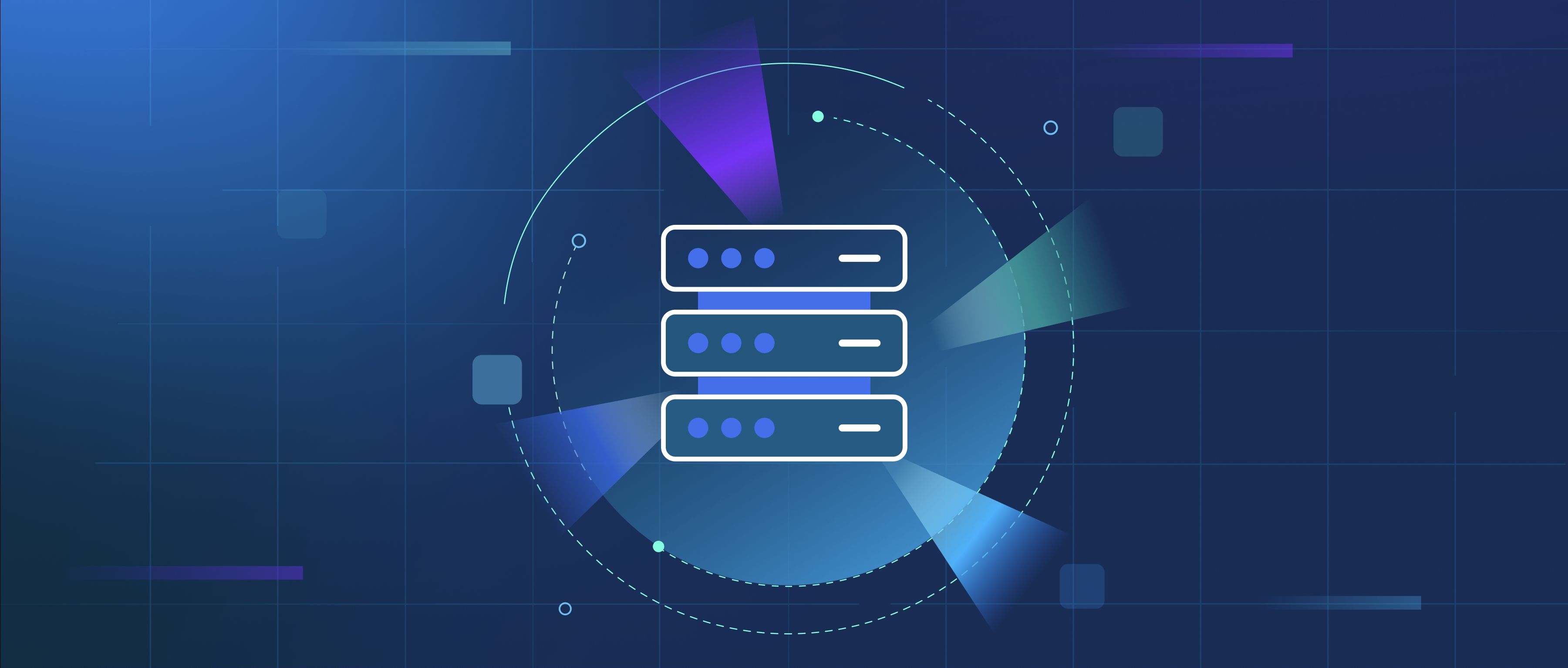In a RAG system, you might choose to use an advanced re-ranking model when the initial retrieval step returns passages that are numerous, noisy, or insufficiently aligned with the query intent. For example, if a keyword-based retriever (like BM25) fetches 100 passages but only a few are truly relevant, re-ranking helps prioritize higher-quality candidates. This is critical for complex queries requiring nuanced understanding, such as technical troubleshooting or multi-hop reasoning, where semantic similarity alone may miss context. Re-ranking models like cross-encoders (e.g., BERT-based) evaluate query-passage pairs holistically, catching subtleties that simpler similarity metrics (e.g., cosine similarity with embeddings) might overlook. This step ensures the LLM receives the most pertinent information, improving answer accuracy.
The trade-off involves increased latency and system complexity. Re-ranking adds computational overhead because models like cross-encoders process every query-passage pair in detail. For example, re-ranking 100 passages with a BERT model might add hundreds of milliseconds to latency compared to a lightweight retriever. Deploying and maintaining a separate re-ranker also introduces operational complexity, such as managing model versioning, GPU resource allocation, and error handling. Additionally, the choice between a fast-but-approximate retriever (e.g., a vector database with bi-encoder embeddings) and a slower-but-accurate re-ranker forces a design compromise: optimizing for speed risks lower quality, while prioritizing accuracy may degrade user experience in real-time applications.
A practical example is a legal research tool where precision is paramount. The initial retriever might pull statutes and case law related to a query like "copyright infringement for AI-generated content," but a re-ranker could prioritize passages discussing recent rulings or specific jurisdictions. Conversely, a customer support chatbot handling simple FAQs might skip re-ranking to keep response times under a second. The decision hinges on the use case: re-ranking pays off when the cost of incorrect or incomplete LLM outputs (e.g., medical advice, legal analysis) outweighs the added latency and infrastructure costs. Developers must balance these factors based on their system’s tolerance for delay and demand for accuracy.
